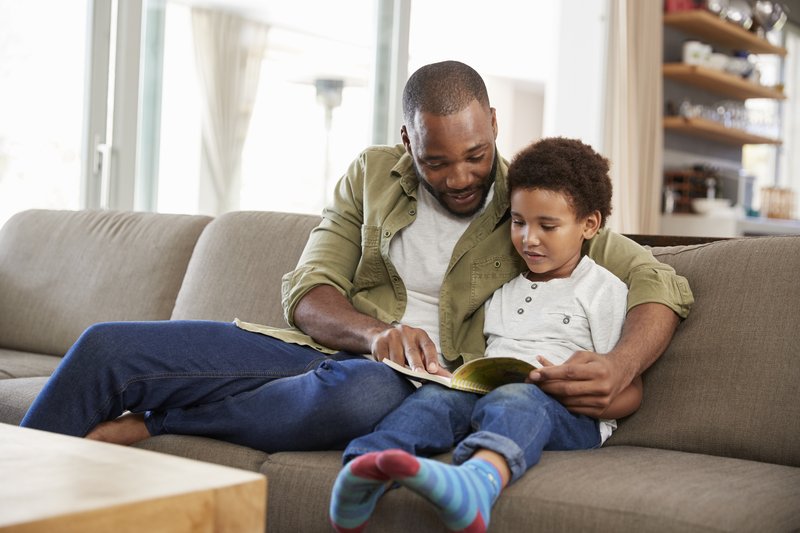How to teach your child to read fluently from a young age
Updated | By Poelano Malema
Give your child a head-start by teaching them to read before they start school.

Many South African pupils struggle to read. According to the Progress in International Reading Literacy Study (PIRLS) done in 2016, 78% of Grade 4 learners in South Africa can't read. South African pupils scored the lowest mark out of 50 countries in the report. But you can help your child by teaching them how to read from a young age, rather than waiting for them to go to school.
ALSO READ: SA pupils struggle to read for meaning: Study
Daliyah Marie Arana is proving that children don't have to wait until they start school to learn how to read. Last year she made headlines as the youngest child to read 1 000 books by the age of four. Daliyah's mom told reporters that she taught her child how to read when she was only 18-months-old.
Kindergarten teacher Paula Sabeya from Madon Day Care in Midrand says teachers and parents are at the heart of the solution to South Africa's reading problem.
"Parents play a huge role in the overall learning of their child. As a teacher you can tell children whose parents take time to teach them at home," says Paula.
Today as the world celebrates International Children’s Book Day, teacher Paula shares tips to help parents train their children to read before they even send them to school.
Making use of television
"If all your child does is watch soapies or television programmes for adults, this might have a bad influence on them. Parents should rather use television to help their children learn. There are many great programmes on television that can teach your children how to read and recognise words," says Paula.
She adds that parent should also make use of reading apps.
"We advise parents to download learning apps for their children. But, they have to be careful to not allow the children to spend too much time on their tablets. The maximum time that children should spend on their tablets is 30 minutes, then they should take a break. You must also make sure you supervise your children because if you don't supervise, they can do other stuff that they are not supposed to instead of learning."
Apart from technology, Paula says parents can do the following to teach their children to read.
"Write letters on index cards or plain white paper in bold so the children can clearly read them. Then start by teaching them letter sounds instead of letter names. For example, instead of teaching them to say ‘B’, you would teach them that B stands for the 'Ba' sound. So, every time they see the letter, they can identify it with the sound of the letter. This can be done from when your child is 18-months-old."
Once your child has mastered the letter sounds, you move on to teaching them that combined letters form words.
"We usually start by putting two words together and making the learners read the two words together. As soon as they know how to read the two you move on to three and then progress slowly. Eventually, they will know how to read longer words and even sentences."
Paula adds that parents should invest in buying books and make time to read stories to their children.
"The more they see the words, the more they can read better. Parents can buy books from bookshops and not only read to their children, but also encourage them to read for themselves. As the saying goes, practice makes perfect,” Paula concludes.
'Sunshine I Am' written by Jillian Cutting and 'Train Your Brain Phonics Grade 1' by Penny Nyren are great books that can help you train your child to read.
Show's Stories
-
A resignation letter of note goes viral on TikTok
A good mix of positivity, gratitude, and leaving on a good note.
Vic Naidoo 1 year, 9 months ago -
Man hires a body double to take his driver's exam
Everyone fails at one thing or another, there's no escaping it.
Vic Naidoo 1 year, 9 months ago